Part 1– Nutritional Myth Series: The 12 Elements of Complete and Healthy Nutrition
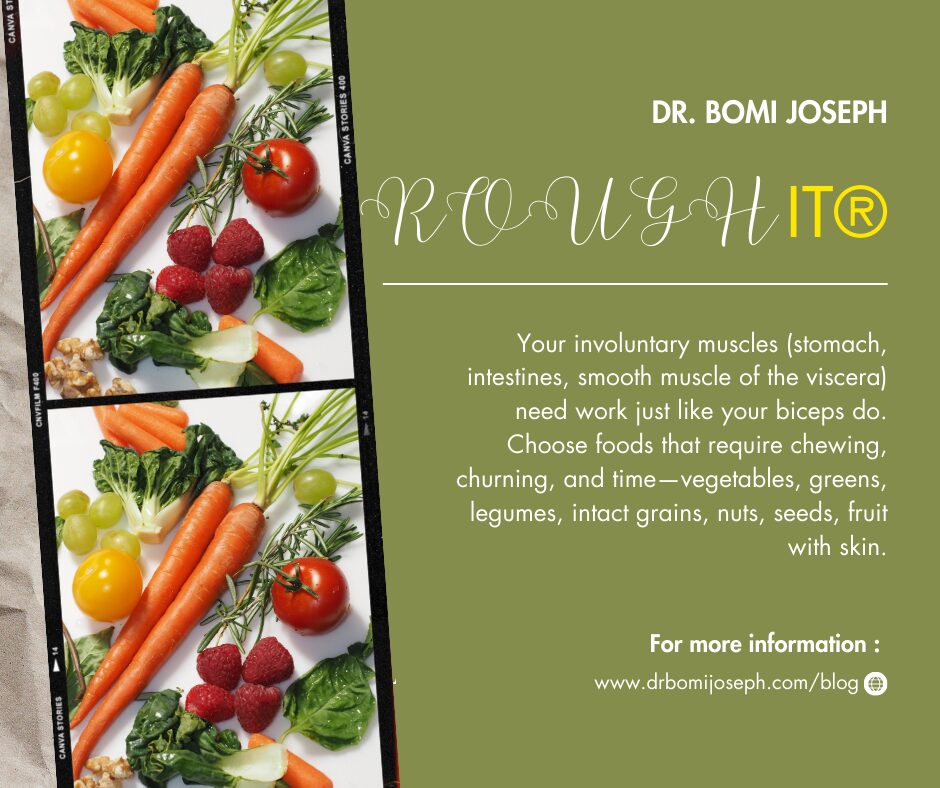
The 12 Elements of Complete and Healthy Nutrition
First principles, not fads.
If you strip away marketing claims and diet fads, complete and healthy nutrition comes down to how your body responds to real food. Health isn’t built by powders, hacks, or hacks dressed up as science. It’s built by meals that work your gut, keep insulin quiet and even, and supply every essential your cells need—without drowning you in empty, calorie-dense energy.
This article by Dr. Bomi Joseph, lays out the first principles and a practical framework you can use at every meal.
In this article
- Key Principles (The 4 Pillars) To Obtain Complete and Healthy Nutrition
- Building the Complete Plate
- The Rough It® Meal Flow
- Protein: Facts Without the Hype
- Fats/Lipids: Structure, Signals, and Sanity
- Carbohydrates: Energy + the Colon Broom
- Hydration & Trace Elements
- The Complete and Healthy Nutrition Checklist
- A Sample “Rough It®” Day
- Common Pitfalls (and Simple Fixes)
- What to Watch For on Labels
- The Bottom Line
- Next in the Series
Key Principles (The 4 Pillars)
1) Rough It® — Give your gut a workout
Your involuntary muscles (stomach, intestines, smooth muscle of the viscera) need work just like your biceps do. Easy food makes a weak gut. Choose foods that require chewing, churning, and time—vegetables, greens, legumes, intact grains, nuts, seeds, fruit with skin. This “training effect” helps motility, satiety, and digestive resilience.
Myth: Healthy food should slip down easily.
Truth: Healthy food makes your gut earn it.
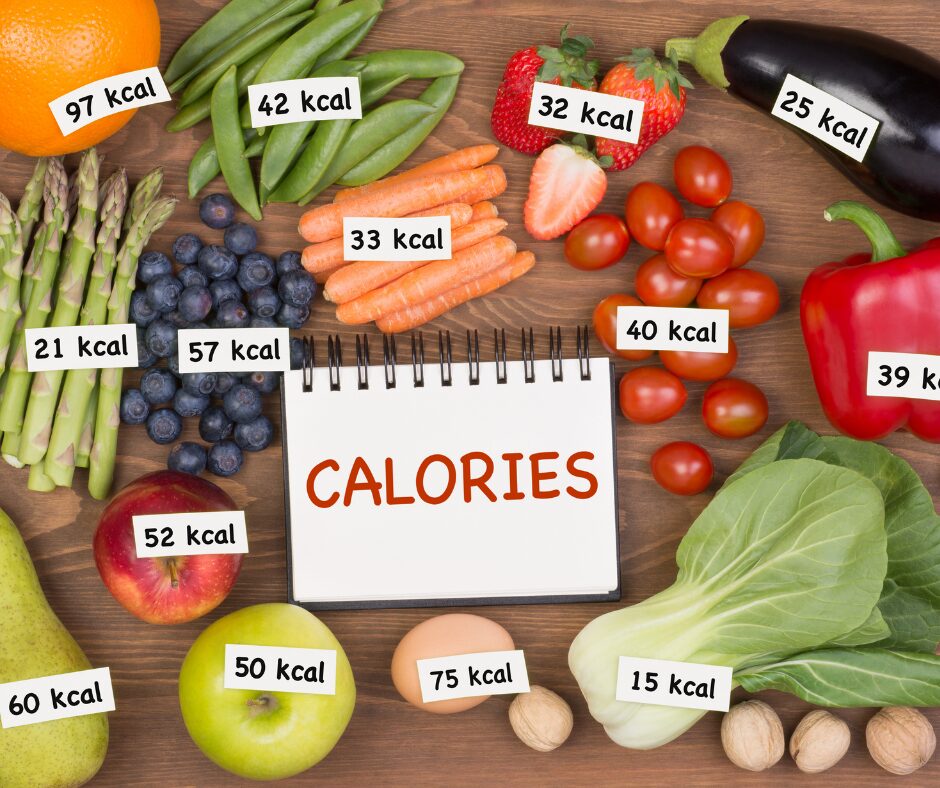
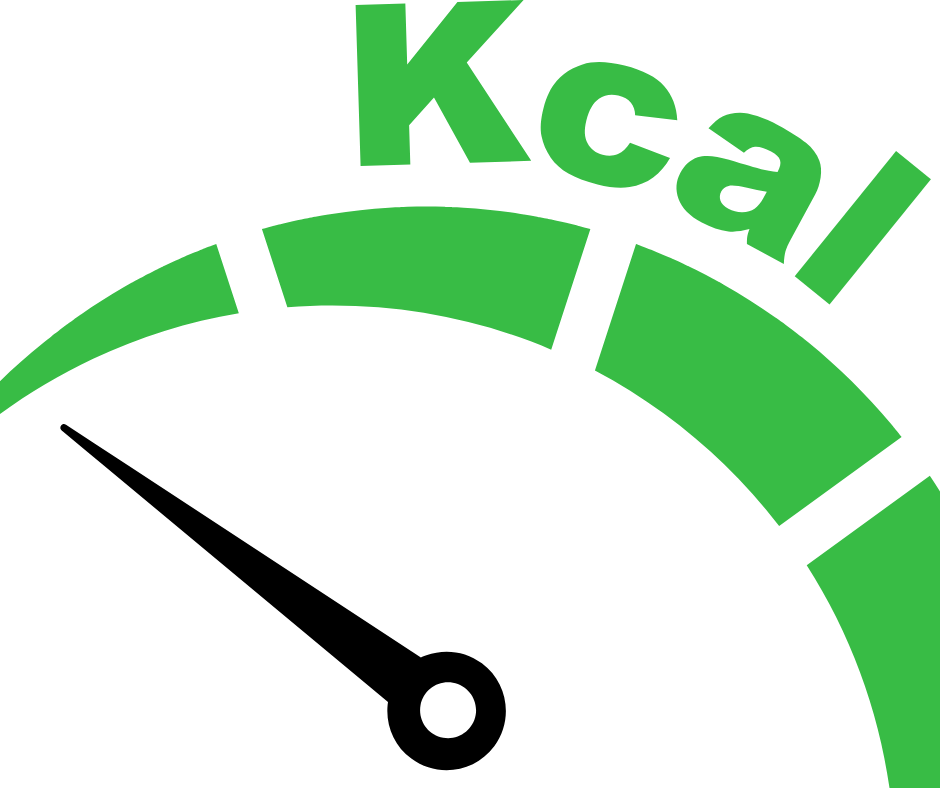
2) Low Calorie Density + High Roughage
For complete and healthy nutrition, and weight control, low calorie density matters more than calorie math. You want plates that are bulky and nutrient-rich but energy-modest. That means foods with lots of indigestible carbohydrates (cellulose, some hemicellulose) and lignin—the “colon broom” that clears waste and supports regularity.
Roughage Rule: Aim for meals where the indigestible portion (fibrous plants, skins, stems) is greater—by volume—than the easily digestible portion.
Practical signs you’re there:
- You must chew.
- You feel full on fewer calories.
- You have regular, easy eliminations.
Myth: Food should be easily and fully digested.
Truth: A portion of healthy food is not digestible.
3) Keep Insulin Low and Steady
Glucose rises first; insulin follows (~5 minutes later) to shuttle fuel into cells. When meals are ultra-processed or sugar-heavy, insulin spikes high and often—a hormonal environment linked with fat storage, energy crashes, and downstream metabolic problems. We’re aiming for gentle glucose curves and quiet insulin. No insulin spikes.
Levers that help:
- Fiber/roughage first planned in the meal.
- High Amino Acid Protein + low chain fats for tissue building.
- Intact carbs (beans, lentils, whole kernels, root veg) instead of refined flours and sugars.
- Complete chewing: Increases surface area and gives time for complete digestion. Slow your digestive roll.
Myth: I am not diabetic and so no need to worry about energy jolts.
Truth: Chronic insulin spikes can cause insulin resistance and pre-diabetes.
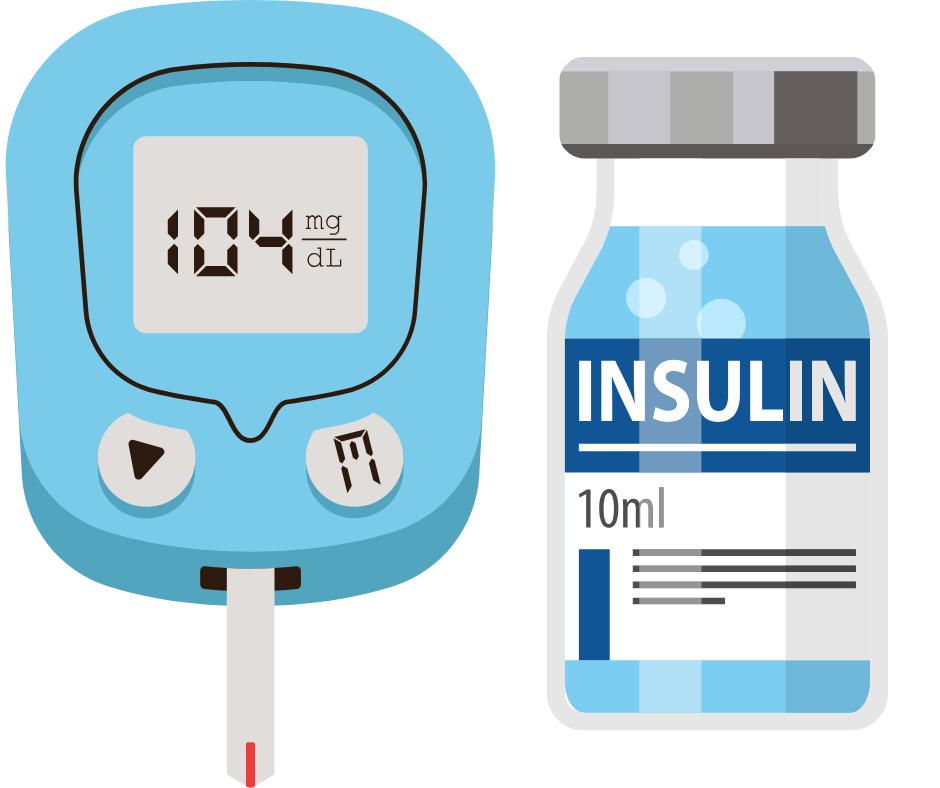
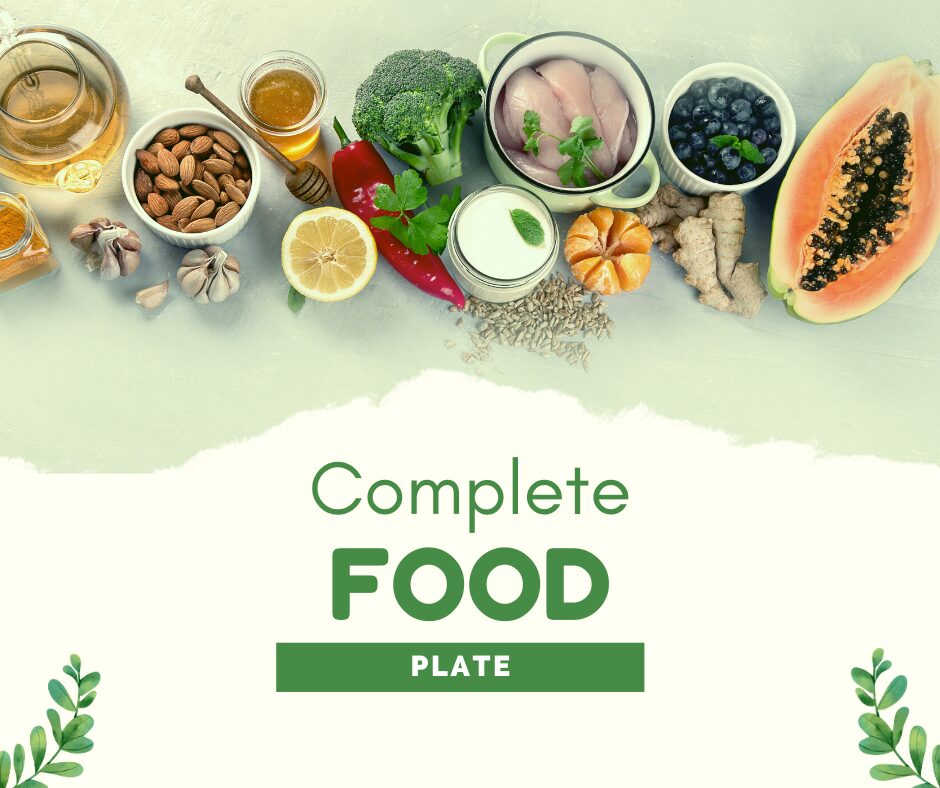

4) Completeness: All essentials, right proportions
Excess of one nutrient never fixes a deficit of another. Complete and healthy nutrition means:
- Macronutrients: carbohydrates (including indigestible types), protein (with the 9 essential amino acids), fats (structural, signaling, and essential fatty acids).
- Hydration: water that supports function; remember modern filtered/bottled water often lacks trace elements.
- Micronutrients: fat- and water-soluble vitamins, and trace elements (e.g., magnesium, zinc, selenium, iodine, iron) from diverse, minimally processed foods.
Building the Complete Plate (A Repeatable Pattern)
Use this simple, visual template at lunch and dinner:
½ Plate — Fibrous Plants (Roughage Dominant)
Leafy greens, crucifers (broccoli, cauliflower, cabbage), carrots, celery, cucumbers, peppers, onions, mushrooms, herbs. Include skins/stems when edible.
¼ Plate — Intact, Slow Carbohydrates
Beans, lentils, chickpeas; intact whole grains (oats, quinoa, buckwheat); chunky root vegetables (sweet potato, beets). Think chew > mush.
¼ Plate — Protein (Quality over Hype)
100% whey protein and egg white are excellent, legumes, soy, fish, and modest portions of lean meats. Remember: your body maintains an amino acid pool of about 2 weeks supply; muscle gain is driven by training + synthesis, not from amount of protein eaten.
+ 1–2 Thumbfuls — Natural Fats
Nuts, seeds, olives, avocado, extra-virgin oils for finishing (not deep-frying). Prioritize fats that support cell membranes and absorption of fat-soluble vitamins.
Glass — Water
Prefer clean water; consider that modern filtered/bottled options often lack trace minerals—make up for that with foods naturally rich in minerals (see checklist below), or adding a pinch of “black salt” (explained later).
The Rough It® Meal Flow (Order Matters)
- Start with roughage (salad/veg) → coats the gut, slows absorption.
- Add protein + natural fat → steadies the meal.
- Finish with intact carbs → sustained energy without a surge.
- Chew well and completely → let enzymes digest completely.
This complete and healthy nutrition flow helps satiety, regularity, and gentle insulin dynamics.
Macros: Facts Without the Hype
Protein
- Your body makes 12 amino acids. The other 9 are essential amino acids obtained only from food.
- Animal and plant sources can both be complete over the day. Diverse plant sources (soy, quinoa, buckwheat, hemp, chia, pistachio, spirulina) supply all 9 of the essential amino acids that are in all meat sources.
- The “more is better” protein myth sells shakes; but what builds tissue is training that signals synthesis—then your amino acid pool provides the bricks that are the building blocks.
Takeaway: Choose quality protein, not endless quantity.
Does your protein source have ALL the 9 essential amino acids– Histidine, Isoleucine, Leucine, Lysine, Methionine, Phenylalanine, Threonine, Tryptophan and Valine?
If not, you are wasting your money and not getting complete and healthy nutrition.
Fats/Lipids
Fats are not villains; they’re building blocks (membranes, myelin), hormone precursors, and carriers for vitamins A, D, E, K.
Favor naturally occurring fats from plants and minimally processed sources. Keep large loads of long-chain animal fats modest; they’re easy to overdo and can crowd your lipid transport system.
Simple practice: finish meals with a drizzle, not a drench.
Carbohydrates
Not all carbs act the same. We emphasize:
- Indigestible carbs (cellulose, some hemicellulose) and lignin for mechanical cleansing and motility.
- Intact carbs for slow release (beans, lentils, whole kernels).
- Minimal refined flours/sugars that spike glucose and insulin.
Rule of thumb: If it dissolves fast and chews too easy, it digests too fast.
Hydration & Trace Elements
Hydration helps transport, temperature control, and waste removal. Historically, local water also contributed trace minerals. Today, many people rely on filtered/bottled water that’s clean but mineral-light. Fill the gap with foods naturally rich in trace elements:
- Magnesium: pumpkin seeds, almonds, leafy greens
- Zinc: pumpkin seeds, beans, seafood
- Selenium: Brazil nuts (very potent—go easy), eggs, fish
- Iodine: sea vegetables, dairy, eggs
- Iron: legumes, leafy greens, seeds; pair with vitamin C foods
- Copper/Manganese/Molybdenum: nuts, seeds, legumes, whole grains
*Bonus: Add Minerals Back with a Pinch of Black Salt (Kala Namak)
A simple, inexpensive way I use to “re-mineralize” purified water is black salt—called Kala namak in Urdu—mined from ancient dried lakebeds around the Himalayan region. It’s primarily sodium chloride but naturally contains sulfur compounds and small amounts of iron and other minerals (e.g., magnesium, zinc) that give it its characteristic aroma and purplish-grey hue.
How to use it:
- Add a pinch (≈ 1/16–1/8 tsp) to 1 liter of filtered/bottled water, once or twice a day, or sprinkle lightly on food. Adjust to taste.
- Buy it at any Indian grocery store (very affordable); available as coarse crystals or fine powder.
Good to know:
- This is a complement, not a substitute, for a mineral-rich diet.
- Sodium matters: 1/8 tsp of salt is ~290 mg sodium—keep total daily sodium within your healthcare provider’s guidance.
- Iodine: black salt is not iodized; continue getting iodine from foods (e.g., sea vegetables, dairy, eggs) as listed above.
- If you have hypertension, kidney disease, or are on a low-sodium plan, consult your clinician before adding any salt.
The Completeness Checklist (Pin This)
At day’s end, can you say “yes” to most of these?
- Roughage dominant: Half my plate was fibrous plants.
- Intact carbs: I chose beans/lentils/whole kernels over flours.
- Protein quality: I covered the 9 essential amino acids across meals.
- Natural fats: I used modest, natural sources (nuts/seeds/olive/avocado).
- Insulin quiet: I avoided grazing and front-loaded fiber.
- Micronutrient diversity: I ate many colors and some mineral-rich foods.
- Hydration: I drank water and didn’t rely on sweetened beverages.
If you miss one box occasionally, no panic—consistency is the point in managing complete and healthy nutrition.
A Sample “Rough It®” Day (Plant-Forward, Flexible)
Steel-cut oats (intact) with chia
Walnuts, and sliced apple + cinnamon
Side of sautéed greens.
Water with a pinch of black salt*.
Large salad (romaine, arugula, cabbage, peppers, carrots) + lentil/bean mix, a few olives, drizzle of extra-virgin olive oil, lemon
Optional: grilled fish or tofu.
Water with a pinch of black salt*.
Carrots/celery + hummus
or a small handful of nuts
(Skip if not hungry.)
Roasted crucifers + mixed veg tray
Quinoa or buckwheat, and a modest protein (legumes, eggs, or lean meat)
Finish with fresh herbs and olive oil
Water with black salt*.
Note: Keep desserts rare;
if desired, choose whole fruit.
Common Pitfalls (and Simple Fixes)
- Fix: Eat the whole fruit, munch on real unprocessed granola– crunch your calories.
- Fix: Eat real meals; let insulin rest between.
NOTE: If you are “hypoglycemic”, you SHOULD graze, in order to keep your serum glucose level stable.
- Fix: Choose quality whole foods; remember the amino acid pool;
Your body has a “buffer” protein reservoir for about 2 weeks. It gets filled every time you eat food.
Your protein source have ALL the 9 essential amino acids.
The focus should be on the quality of the protein that supplies the 9 essential amino acids and not on the amount of protein you eat per day.
- Fix: Keep indigestible carbs high; they’re not “empty”—they’re essential.
What to Watch For on Labels
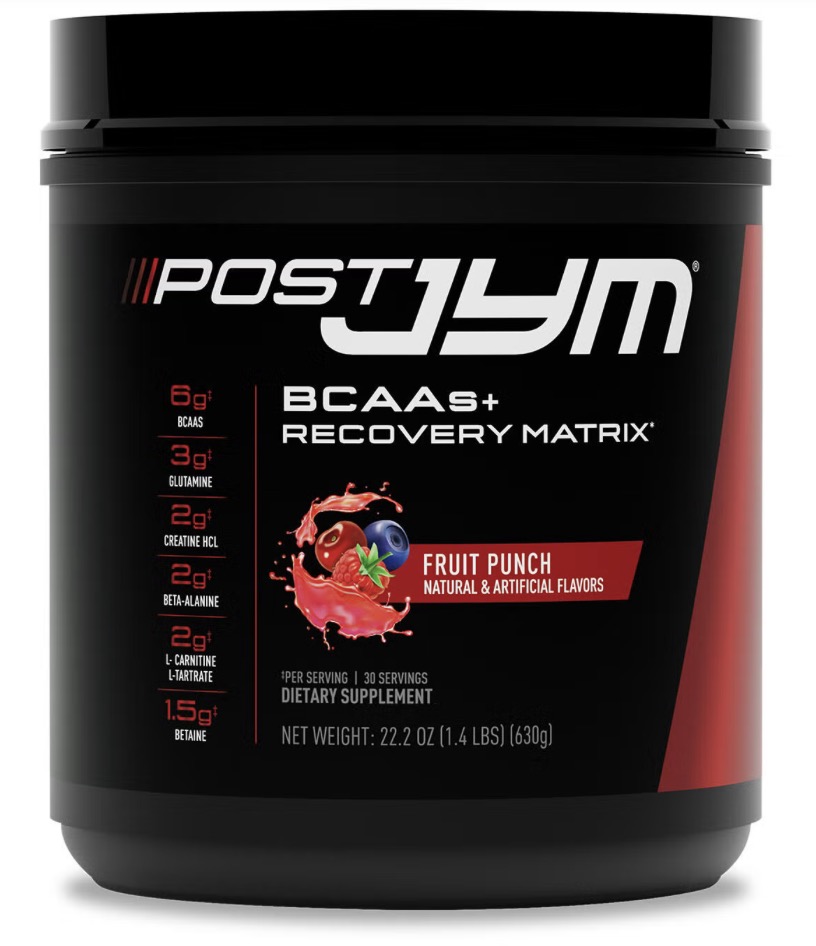
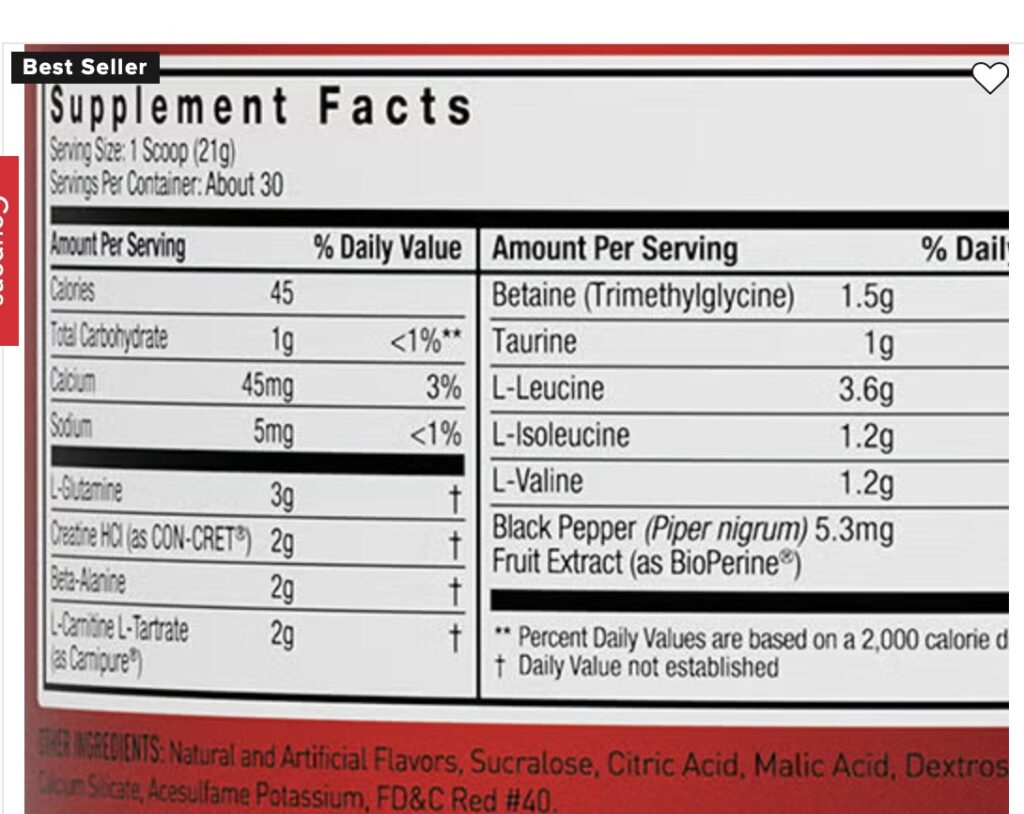

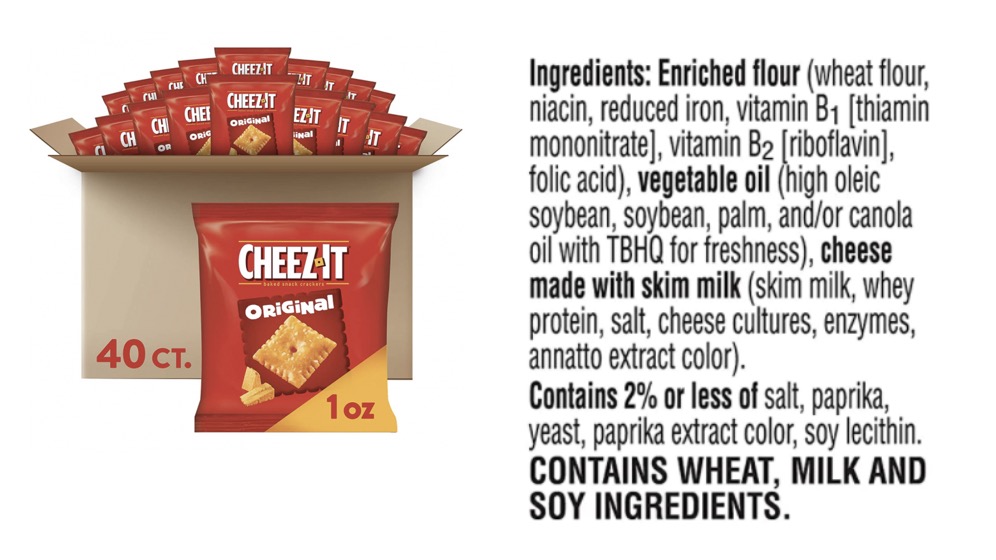
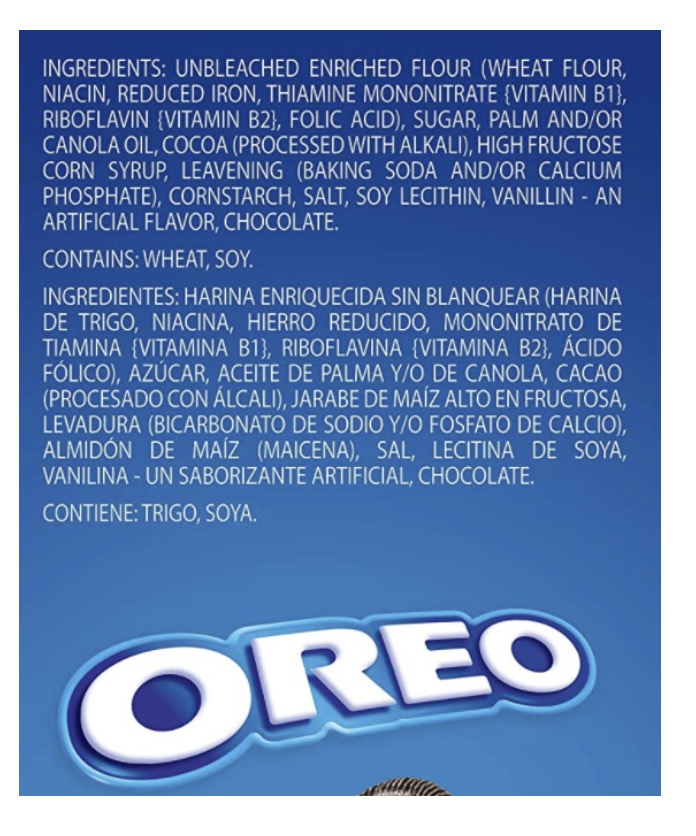
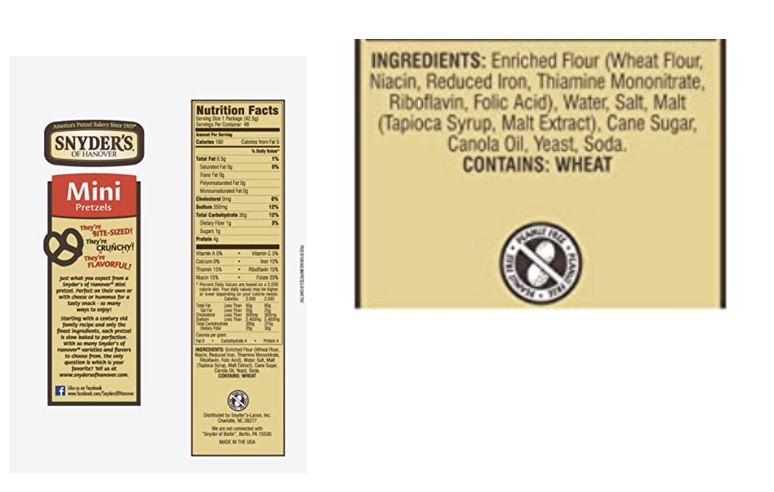
🚨 Watch Out for the Labels
Food packages sound friendly—labels tell the truth. Here are the biggest red flags to spot in seconds:
Enriched / Bleached Flour
Not whole wheat. Refined flour with lab-added vitamins; may be bleached or modified (gluten-enhanced). Choose intact grains.
Additives to Mask Gaps
Betaine, creatine HCl, 'performance blends' can hide missing essentials (like the rest of the essential amino acids). Real food > lab boosters.
Artificial Colors & Flavors
Vanillin, Red 40, Yellow 5: they trick taste and sight—no nutritional value, and may be carcinogenic. Prefer natural, minimally processed foods.
Cheap Refined Oils
Corn/canola/soy oils dominate ultra-processed snacks; easy calories without fiber. Favor whole foods; drizzle, don’t drench.
Quick tip: If ingredients read like a chemistry set, it’s not real food. Choose simple, whole ingredients you recognize.
- Refined flours/sugars high on the ingredient list.
- “Isolated” fibers added to ultra-processed foods (not the same as whole-food roughage).
- Seed oils used for deep-frying or heavy processing.
- Protein powders with long additive lists; favors marketing over meals.
The Bottom Line
Complete and healthy nutrition preserves the mechanics of digestion (Rough It®), produces gentle insulin curves, and supplies every essential your cells need—most of which are found, together, in unprocessed, plant-centric foods with thoughtful additions of protein and natural fats.
Make each plate a training session for your gut, and your metabolism will follow.

Next in the Series
Part 2: The Role of Carbohydrates — the truth about energy, fiber, and gut health (and why the colon broom matters).
